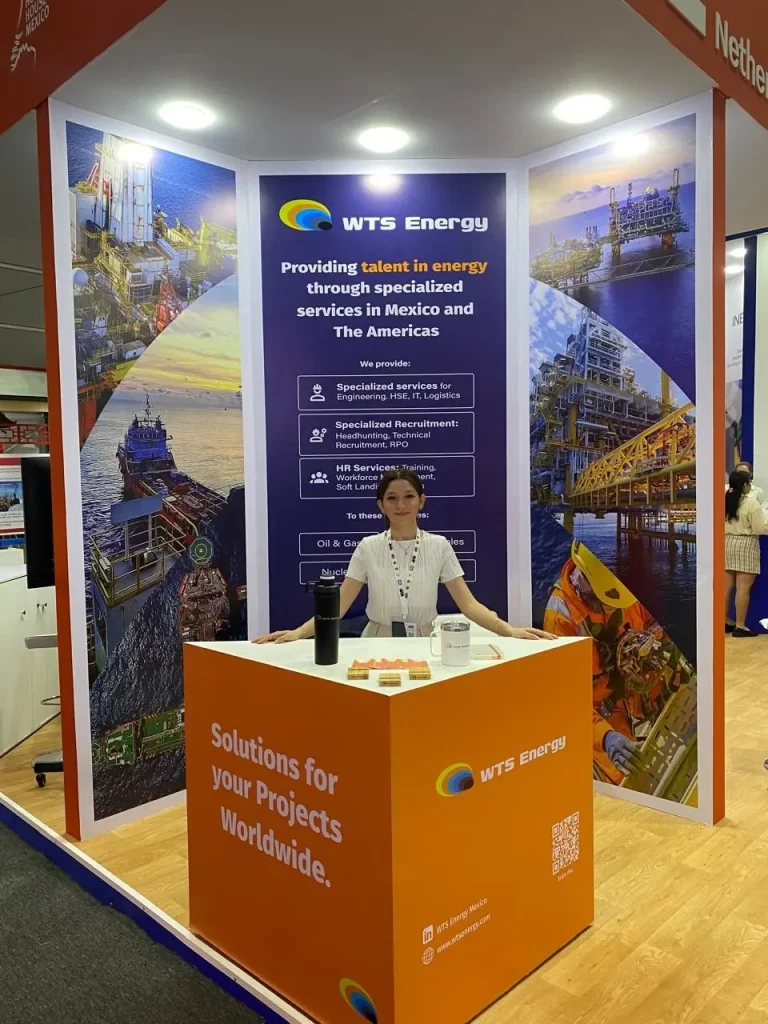HSE is a top priority in the oil and gas industry, with a strong emphasis on workplace safety and advanced technology to prevent accidents and injuries. According to the American Petroleum Institute, the injury rate fell to 1.8 per 100 workers in 2012, and 0.7 per 100 workers for offshore workers. However, there is still room for improvement because minor mistakes can result in major accidents with fatal consequences. Inadequate maintenance and risk assessment were blamed for the 1988 Piper Alpha disaster, which killed 167 people. Accidents can have an impact beyond on-site workers, affecting emergency crews as well as a company’s reputation and financial health.
This article discusses the industry’s progress and the challenges it must overcome in order to continue moving forward safely.
1800s: Accidents Abound
The United States did not track worker injuries and fatalities during the 1800s, indicating a general lack of concern for industrial safety. This was also true in the oil and gas industry, where oil was extracted manually or with cable tools. Oil was stored in steel or wood tanks that could not effectively contain vapors as the oil evaporated.
According to Hesperian, a global health organization, this posed a significant risk in two ways: the vapors caused air pollution, which contributed to workers’ health problems, including cancer. Furthermore, the flammable fumes could easily cause fires and explosions, resulting in numerous injuries. For example, 20 dockworkers were killed in a Chicago refinery in 1890 when lit lamps ignited fumes from an oil tank, as documented in 1894 parliamentary papers.
Early 1900s: A slowly growing sense of safety
With the introduction of rotary rigs in the early 1900s, the oil industry made significant technological advances that replaced manual tools and accelerated oil exploration. This prompted refinery chemists to test new equipment and processes in order to refine oil more efficiently and easily produce gasoline. According to historians at Eastern Illinois University, while there was a growing recognition of the importance of industrial safety, early safety measures primarily focused on protecting property rather than people.
For example, refineries were constructed with steel plates to prevent leaks and asbestos roofing to withstand high temperatures. Some businesses, such as Brown Barrels, marketed their products as long-lasting, dependable, and safe. However, worker safety and HSE was not prioritized.
1940s and 1960s: Technological advancement offshore
Offshore drilling began in 1896 with the successful installation of a cable-tool rig on a pier in the Summerland oilfields. Technology had advanced by the 1940s, but no safety protocols for the unique environment had been developed. Despite the high risk, demand for offshore drilling grew, and President Eisenhower signed the Outer Continental Shelf Lands Act in 1953, bringing offshore lands under federal jurisdiction and driving demand even further.”
Thunder Bay,” a 1953 film starring Jimmy Stewart, was released one month after the Outer Continental Shelf Lands Act was signed. The film drew public attention to offshore drilling and its safety requirements. It tells the story of ex-Navy engineer Steve Martin, who attempts to build a secure offshore drilling platform off the coast of Louisiana in 1946.
1970s and 1990s: Speed at the Sake of HSE
Following major disasters, there is a rush to get offshore oil rigs operational as soon as possible, safety was frequently overlooked. Drilling vessel day rates increased the pressure to work quickly, and delays in one area could cause setbacks in others. Worker safety was not always prioritized in rig design, with equipment frequently crammed together and crew quarters dangerously close to compressor buildings.
Despite the fact that safety requirements were established in 1958 and 1960, they lacked testing and design criteria, resulting in high accident rates for mobile drilling vessels and routine platform injuries.
2000s: Great Advances for HSE
Because of insufficient offshore energy regulation, the US Minerals Management Service (MMS) was replaced by the Bureau of Ocean Energy Management, Regulation, and Enforcement (BOEMRE), which was later restructured into three independent entities. The Bureau of Safety and Environmental Enforcement (BSEE) was established to enforce offshore oil and gas safety regulations and response activities, to investigate and penalize violations of offshore exploration and production regulations, and to improve emergency response in order to reduce offshore risk.
2023 and beyond...
Technology will continue to play a significant role in reducing accidents and improving safety in the oil and gas industry. Blended learning programs, which combine virtual and hands-on training, have proven to be more effective in enhancing employee training and reducing safety risks on the job.
Industry norms are shifting towards online resources that use technology to provide HSE training in innovative ways, such as video demonstrations, virtual reality simulations, and interactive programs accessible through tablets and laptops. While the shift towards a safety-focused culture has been slow in the industry, outsourcing safety to qualified contractors is an economical and productive way to develop and implement a safety program that benefits both the company and its workers, while securing future growth.
At WTS Energy, we take pride in embedding HSE practices at the core of our business. Additionally, we train talent with the latest HSE regulations through our courses at our training centers around the world. WTS Energy follows a meticulous HSE protocol for its operations and assures the safety of each of their consultants.
References:
- https://staysafeapp.com/blog/history-workplace-health-and-safety/
- https://www.pharmasafeind.com/the-evolution-of-safety-in-the-oil-and-gas-industry/



